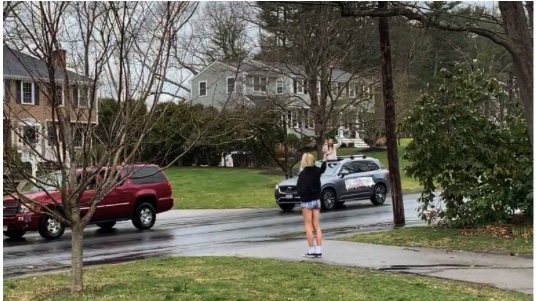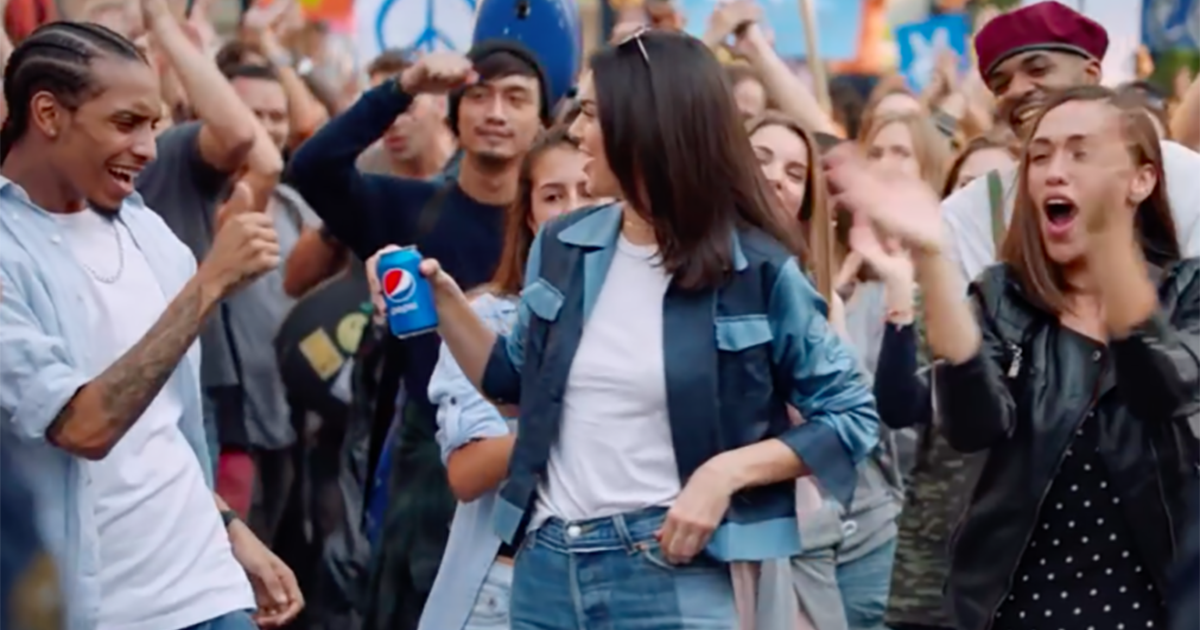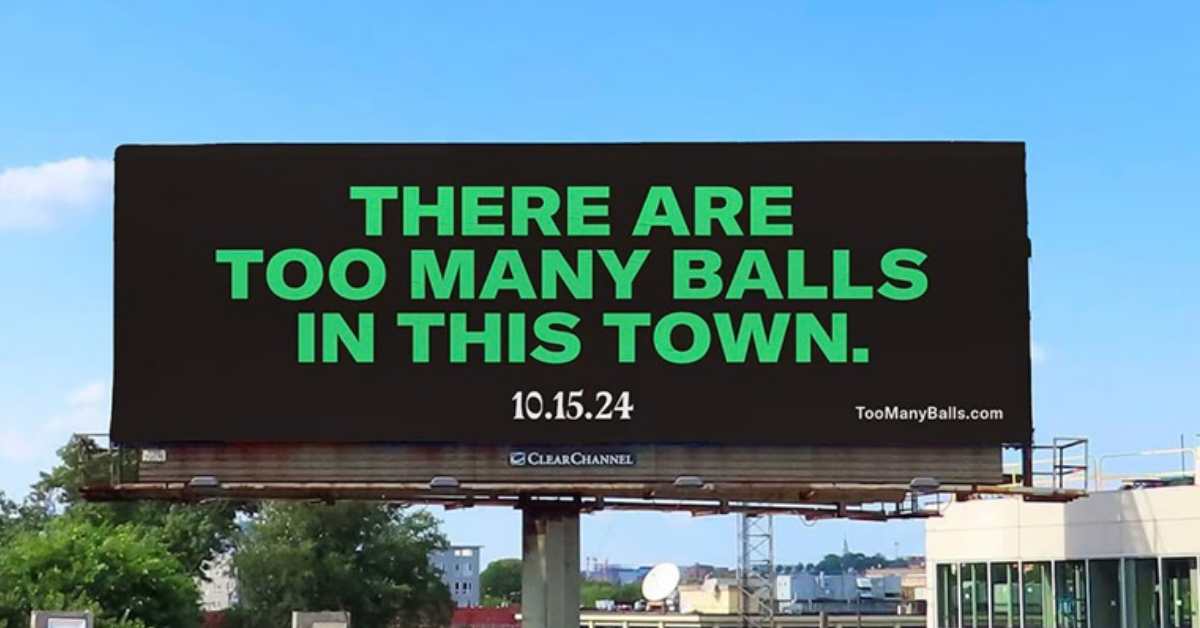Last Thursday was my daughter Zoe’s 16th birthday. A big one. One that, in normal times, would warrant more celebration than sitting at home with her boring parents. Her friends, not content to simply Snapchat or Instagram their well-wishes during quarantine, prevailed upon their parents to drive them in a 10-car caravan past our house, honking horns while the girls hung out their car windows screaming Happy Birthday as Zoe watched from our driveway.
 Just yesterday, I was out walking the dog (one of the few opportunities I get to stray from our property these days). We came across a group of 4 cars parked circled-wagon-style. Each held a mom and her kids. As the moms chatted through open windows, the kids did the same with their friends, yelling, laughing, commiserating. It was just like any other gathering for a spot of coffee and conversation, except for the obvious physical distance.
Just yesterday, I was out walking the dog (one of the few opportunities I get to stray from our property these days). We came across a group of 4 cars parked circled-wagon-style. Each held a mom and her kids. As the moms chatted through open windows, the kids did the same with their friends, yelling, laughing, commiserating. It was just like any other gathering for a spot of coffee and conversation, except for the obvious physical distance.
My point, simply, is that humans connect. It’s at the root of who we are. If the current crisis proves anything, it’s that we’ll find a way to connect, even when we’re forced to stay physically apart.
This is the very reason social media has become so integral to our lives – as imperfect as it may be, it allows us to feel a connection to those we care about, wherever we are. And it’s why we marketers have become so reliant on social media as a vehicle to get our brands in front of consumers. Our goal as marketers is to connect brands with people who will care, at the right time and in the right way. Social media is where consumers’ attention is increasingly focused, and it’s where they share their lives with each other.
The analytics during quarantine prove it out. According to Similarweb, Facebook visits are up 25%. TikTok and Youtube are each up 15%. Nextdoor is up a whopping 75%. Last week alone, LinkedIn saw an 160% increase in professionals joining communities. Seems obvious. People are trapped in their homes with nothing much else to do, right? They’re sharing experiences, information, opinions. For marketers, it would seem like a great time to put your brand out there on social and get noticed.
But I suspect there’s something deeper going on during this pandemic that’s revealing a ‘new normal’ in consumer behavior. People are reassessing how much they rely on direct connection. Some of the biggest spikes in usage are in messaging apps like HouseParty, Google’s Duo, Hangouts, Zoom… vehicles for rich, live communication that’s not possible through the “call and response” nature of most social media like Twitter, Instagram, or Facebook. They’re the virtual version of the drive-by happy birthday, or the car-circle coffee talk.
It makes things like ads, articles and social posts seem pretty static, doesn’t it? It belies the idea that views, likes, follows or comments equate to “engagement.” True connection, as we humans know it, is actual dialogue. It’s shared experience. It’s real time.
Does the current marketing model for reaching consumers enable this type of connection?
As this new normal begins to take shape, are marketers ready to position themselves to participate in this type of conversation? Have we figured out a way to leverage these live, realtime platforms in a way that’s fresh, entertaining and, critically, useful to consumers? Have we built our brands in a way that allows us to show up authentically? In a way that is geared towards a human connection?
At the very least, we need to look beyond our traditional notions of social media to begin finding new ways to connect with consumers in this “live” environment. Perhaps the answers lie in looking at brands that seem to have embraced and harnessed social media as a creative medium rather than an advertising platform. Brands that create social content as just one facet of brand meaning. That contribute to the current zeitgeist, not just tap into it. Co-opting popular culture has been the traditional crutch of brand creative. Breakthrough brands have been the ones that don’t co-opt but actually drive popular culture.
According to the 2019, Meaningful Brands survey, 77% of brands could simply disappear and not a single customer would care. The other 23%? They’re not churning out content to connect with consumers. They’re creating connections between consumers, facilitating conversation and fostering communities. Sephora and its “Beauty Talk” online community, LEGO Ideas, Xbox ambassadors. Brands that go well beyond “content,” and put the conversation back in the hands of those most important to brand health: consumers who care. These are the type of brands best positioned to take things to the next level as we come to this new normal. Breaking through by actually facilitating and enhancing human-to-human connections, instead of interrupting them.
Because that’s where this is all headed, isn’t it? At the end of the day, if this quarantine has taught us anything, it’s that engagement isn’t an outcome or a metric, it’s a human drive.





